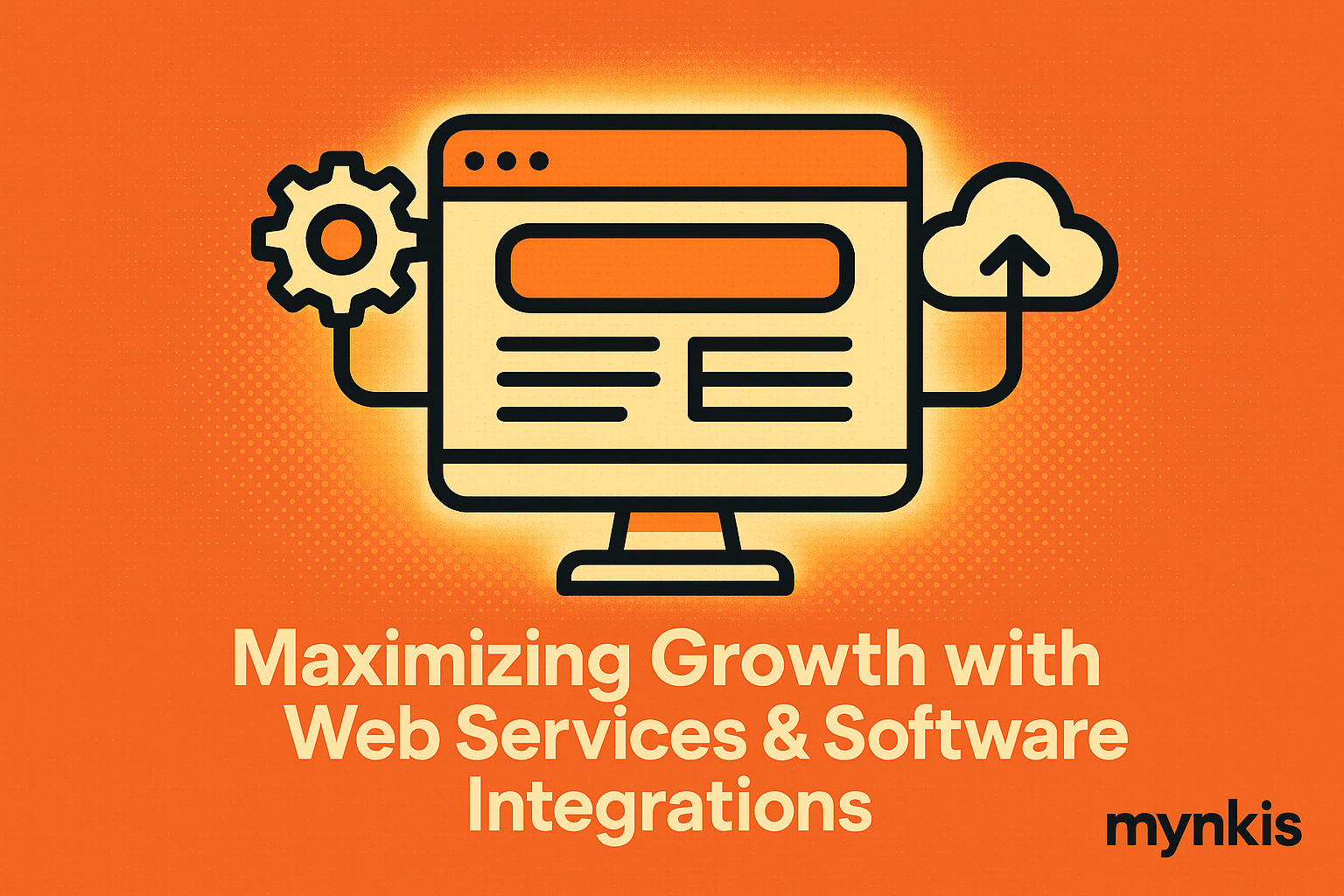Schedule a Demo
The journey of a startup is one of constant evolution, often spurred by the need to scale and adapt quickly. In my experience working with founders, I've witnessed the transformative impact of web services that seamlessly integrate with their core software systems. This integration is more than just a tech perk; it's the backbone of scalable infrastructure. Whether it's syncing customer data or automating workflow processes, the right integrations can propel a business forward. But how do we make these integrations work for rapid iteration without compromising long-term tech stability?
APIs serve as the bridge between disparate software systems, and harnessing their power is key to scalable software development. A well-designed API integration can make the difference between a disjointed tech stack and a streamlined, efficient ecosystem. From my conversations with C-level executives, I often hear how custom development tailored to specific business needs has unlocked new levels of productivity and innovation. Integrating CRM with marketing automation, for instance, can offer insights into customer behavior in real-time, thus refining targeted campaigns and enhancing customer engagement.
Starting with an MVP website allows founders to iterate swiftly, learn from user interactions, and refine the product before a full launch. The beauty of an MVP approach lies in its minimalism and focus on core features that deliver value right away. I recall working with a startup where the MVP website served as a sandbox for testing various integration options. By integrating a lightweight payment gateway early on, they were able to validate their business model and iterate based on real customer transactions.
While speed to market is critical, so too is considering the long-term health of your tech infrastructure. In my consultations with tech leaders, the consensus often revolves around striking a balance between immediate needs and future scalability. Planning for future integrations means laying the groundwork for technologies that may not be immediately visible on the radar. For example, if your business anticipates growth in IoT solutions, integrating robust APIs now can ease the transition later.
Leveraging third-party services can drastically reduce the time needed to achieve integration, enabling businesses to focus on their core competencies rather than getting bogged down in technical details. Yet, the choice of these services should be strategic. In one case study, a company integrated a third-party analytics tool only to find it clashed with their main CRM. The lesson here? Vet your third-party integrations thoroughly and look beyond compatibility to consider data security, cost, and long-term support.
Integration is not without its challenges. From my work with operations managers, I've seen how common pain points like data silos, latency, and inconsistency can derail even the most well-planned strategies. Addressing these head-on requires a deep dive into understanding where the frictions occur and crafting solutions that streamline processes. For instance, ensuring robust data quality control can mitigate the risks associated with integrating various software systems.
A fragmented user experience can quickly turn potential customers away. A seamless user journey, integrated across all touchpoints, not only enhances satisfaction but also converts browsers into buyers. From personalized dashboards in an ERP system to streamlined checkout processes in e-commerce solutions, the end-user's interaction with your software should feel seamless, cohesive, and distinctly branded.
Data security cannot be an afterthought. As businesses integrate more systems, the potential attack surface widens. Drawing from industry standards, organizations must prioritize implementing robust security protocols at every integration point. Compliance with regulations like GDPR or CCPA should also be woven into the fabric of your integration strategy, ensuring user trust and legal adherence.
Looking ahead, the landscape of web services and integrations will continue to evolve. Innovations such as serverless architectures and advanced AI-driven integrations signal the future of this field. Staying ahead requires a continuous learning mindset and a willingness to experiment. For entrepreneurs, the ability to adapt and integrate these emerging technologies will be a differentiator in a crowded market.
Industry leaders like Salesforce and Shopify showcase the efficacy of robust integration strategies. Salesforce's AppExchange, for example, allows businesses to add functionality through a wide array of integrated apps, while Shopify's robust API ecosystem empowers developers to create tailor-made solutions. Learning from these examples and incorporating their successful tactics can provide a roadmap for startups looking to enhance their integration strategies.
The ecosystem of integration tools and web services continues to grow exponentially. From open-source libraries like Apache Kafka to proprietary platforms like Zapier, the choices are vast. Each option comes with its own set of trade-offs between performance, ease of integration, and customization capabilities. Taking the time to understand this ecosystem and choosing the right tools based on your company's specific needs can make all the difference in achieving seamless integrations.
At the heart of any technological implementation are the people who will use it. Successful integration must consider not just the technical fit, but also user adoption and training. From my experience, the most successful software integrations are those where the human element is given as much thought as the technical elements. Training sessions, user manuals, and continuous support mechanisms are all integral to ensuring that the new integrations don't just work in theory but thrive in practice.
Real-world case studies offer a wealth of insights into the practical application of web services and software integrations. One compelling case involved a SaaS provider who integrated a sophisticated API with their CRM to automate follow-ups based on user interactions. This not only enhanced customer satisfaction but also led to a significant increase in retention rates. Another example saw an e-commerce platform integrate real-time inventory management across multiple sales channels, slashing overstock and understock scenarios and boosting efficiency.
A crucial element in successful integrations is a mindset of flexibility. The technological landscape changes rapidly, and founders need to be ready to pivot or adjust their strategies as new tools and methodologies become available. Flexibility in your integration approach ensures that your tech stack can evolve as your business grows, keeping you competitive in an ever-shifting market.
